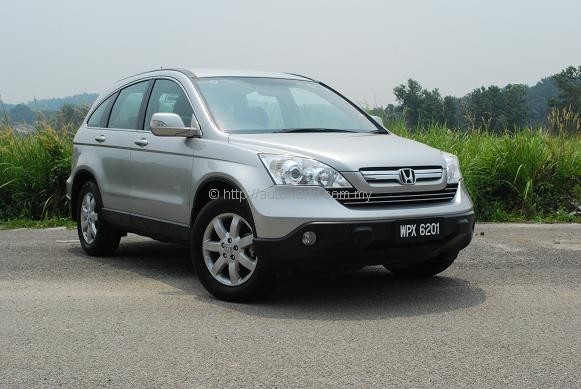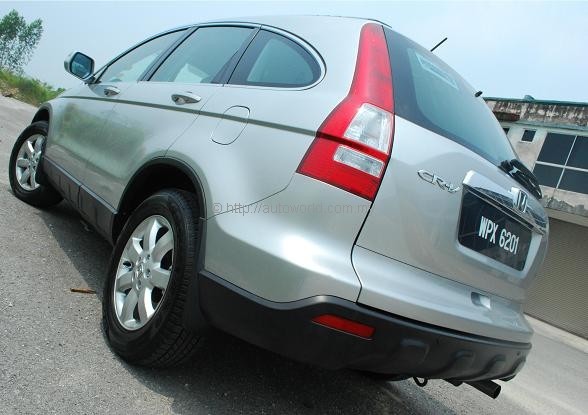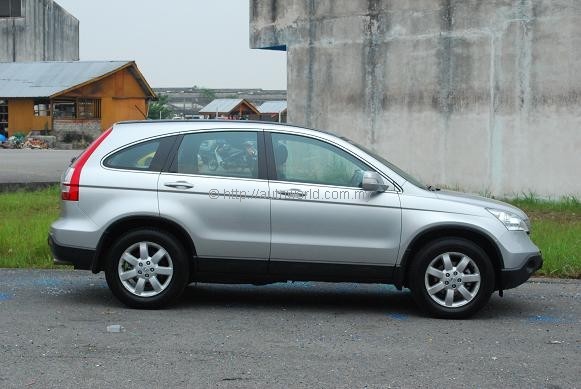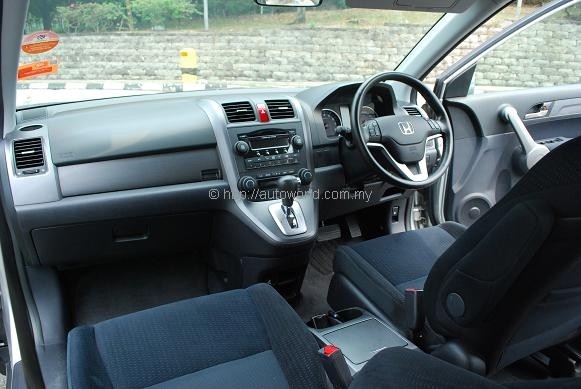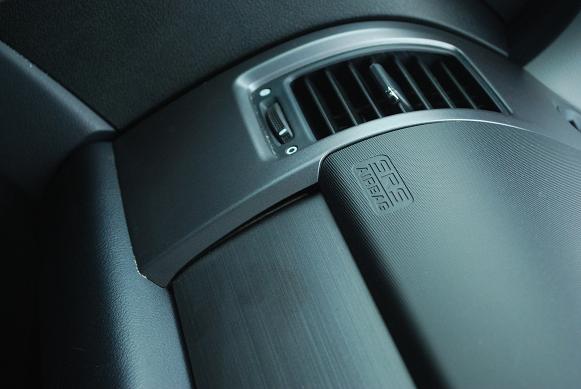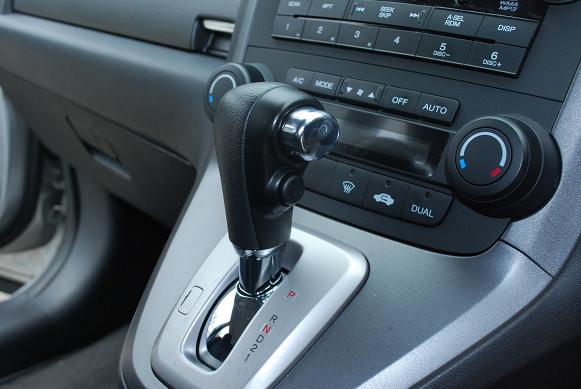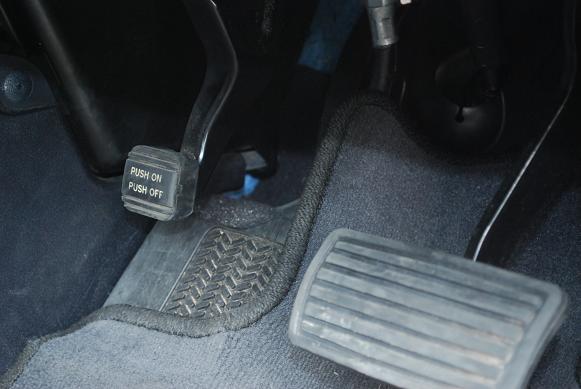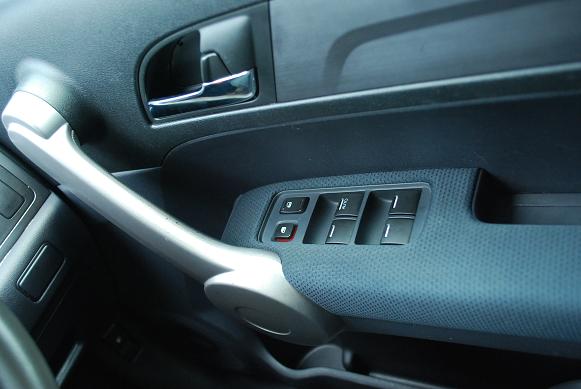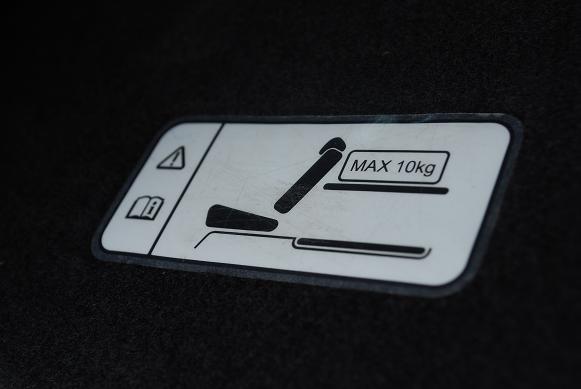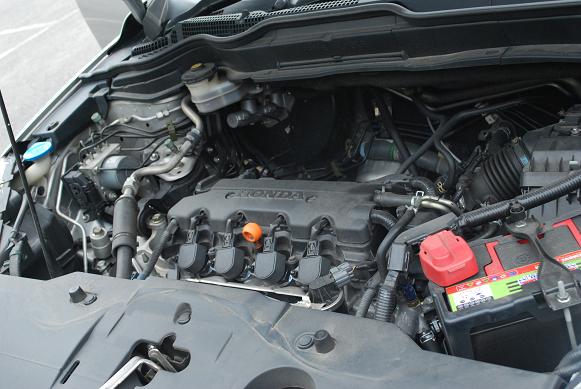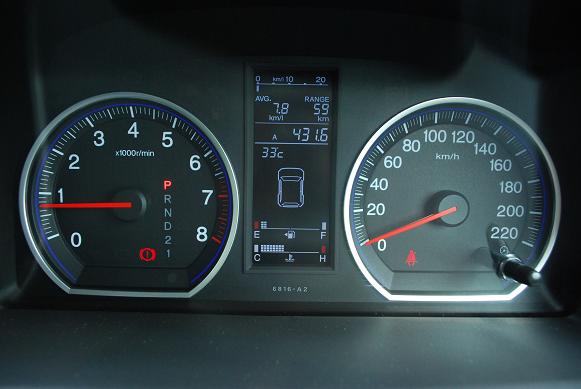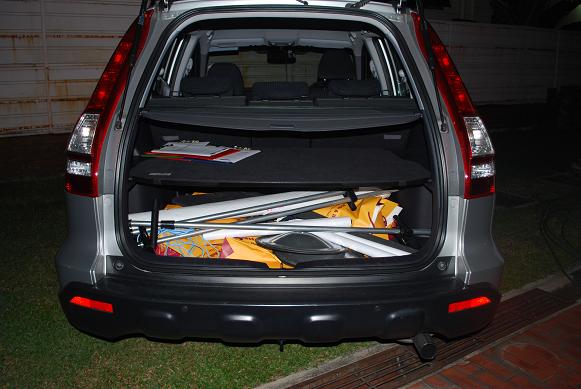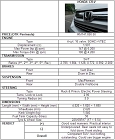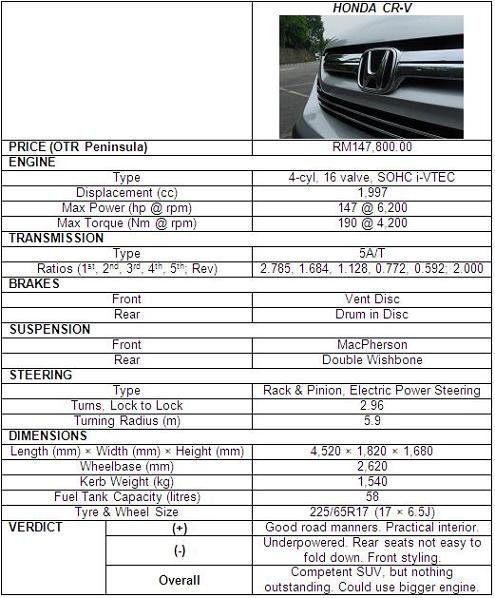Two years on: Honda CR-V
The current Honda CR-V has been around the market for nearly two and a half years. KON takes one out to see how it has aged since launch.
—
Some years back, a certain manufacturer proudly proclaimed itself as “Asia’s Answer to BMW”. A bold claim, one that saw them fall flat in the face, though they have since improved, both in quality and attitude. Though the BMW claim is now long in the past, it symbolized the worldwide fanaticism the brand attracts that everyone seems to derive a piece of inspiration off them.
Just look at the number of aftermarket bodykits modeled after the E60 5-series, M5 no less, and you’ll get what I mean. I’ve seen them in even Vivas and Myvis. Another popular BMW-aping item are the Taiwan-made ‘angel eye’ headlamps, used mainly by Wiras, Gen.2s and Vioses. The trend has since moved on to Audi’s daytime running LEDs, but you get the picture.
This whole BMW-mimicking business isn’t limited to just the aftermarket tuners. Mainstream manufacturers have been borrowing Mr Bangle’s styling cues too. You might say that things like like the Hoffmeister kink, double kidney grille, and flame surfacing are BMW’s design trademarks, but truth is, they are everywhere. Lexus now features the Hoff too, and who can forget the Naza Sorento re-interpretation of the double kidneys?
Although they aren’t saying it, but Honda seems to be taking quite a few pages off the BMW rulebook in recent years. The latest Accord is notable for its E65 7-series aping taillights. In addition, their recent designs feature very bold lines, and some have a very “love-me or hate-me” look. None more so than the Honda CR-V, whose looks has still yet to grow on me after two and a half years in the market.
It actually looks fine from the rear three-quarter. The rear tailgate is neatly designed with simple lines, and the unpainted lower surrounds give it a hint of ruggedness. The aerofoil-shaped windows also give it a very distinctive side profile. Then, you go up front, and see a mess. I like bold design cues, but the front fascia of the CR-V simply lacks coherence. And that’s being kind. I’ll give Honda credit for being brave with their design, but sorry, I’m not sold on this time.
The CR-V featured in this review is the fifth car from Honda Malaysia in our 1st Autoworld Safety & Defensive Driving Course after the City, Jazz, Accord 2.0 and Accord 2.4. It also happens to be the oldest among the quintet, with its WPX registry prefix indicating a March 2007 date of registration. I know this, because I was shopping for a car when this number plate prefix first came out.
Because of its tender years, the cabin has shown signs of considerable aging. However, considering that this car has been hammered by one journalist after another for over two years, it has held itself together rather well. There were no noticeable rattles or squeaks, but the upper glove compartment left a glaring gap at the side after being closed.
Considering the boldly styled front end, the dashboard is designed with surprisingly simple lines. The audio head unit is integrated, and air-conditioning features dual-zone control. Compared to the Accord, it features fewer buttons, but that’s good because it means a less cluttered dash.
The dashboard-mounted transmission selector lever for the 5A/T has positions for Park, Reverse, Neutral, Drive, ‘2’ and ‘1’. Unlike the other Hondas we drove that weekend, the CR-V had an OD OFF button, labeled ‘D3′, at the side of the lever, to manually limit selection to the first three gears. There is now a foot-operated parking brake in place of the hand brake. Operating it is straight forward, but locating it, especially when it’s disengaged and out of sight, is a little bit trickier. It is, of course, a matter of the driver getting used to it.
What’s not fine getting used to, is the location of the power window switch panel. It is positioned a couple of inches too far backwards. Driving through tollgates, you’ll need a slight contortion of your arms to operate the switches. This is an ergonomic error which I simply cannot accept from a Honda.
That aside, the rest of the interior is reasonably well laid out, with plenty of storage space for your handphones, Touch & Go cards, water bottles, and various other trinkets. The seats also provide good support, and there is plenty of space for the five occupants it is legally allowed to carry.
However, every good SUV these days needs to be able to reconfigure itself to carry less people and more cargo in an instant. Flexible seating arrangement is a must. Honda’s brochure of the CR-V showed up to six different possible seating and cargo-carrying arrangements by various folding methods of the seats. That’s fantastic stuff, but unfortunately, the act of folding seats was a very sweat drenching affair. It was nowhere near as user-friendly to operate as those I sampled recently on the Chevy Captiva, Mitsu Pajero Sport, Proton Exora (watch out the test drive report) or even Honda’s very own Jazz. Perhaps the mechanism is aging, but the seats of the test car just wouldn’t fold nicely into place as advertised. Fortunately, we found that even with all the rear seats up, there is still plenty of cargo space over the rear overhangs, with a parcel shelf usefully giving us two levels of storage.
The car I tested just before this CR-V, was the Accord 2.0, which coincidentally had the same R20A 2.0 SOHC i-VTEC powerplant. According to the specs given, the CR-V is tuned to have a slightly lower compression ratio (10.5 against 10.6), and a lower horsepower rating (147hp vs 154hp). Instead, it gives more torque, but only slightly, of 190Nm @ 4,200rpm, compared to the Accord’s 189 @ 4,300. The differences appear minor on paper, but they are marked on the road.
The CR-V is 65kg heavier than the Accord 2.0, but the difference feels a good deal bigger. Where the Accord is lively and responsive on the throttle, the CR-V feels heavy and underpowered. The biggest challenge lies when driving on single carriageway trunk roads. Overtaking, even with the two overdrive ratios blocked, often requires careful planning so that you don’t become the decorating ornament on the grille of an oncoming lorry. Honda should consider bringing in the 2.4-litre K24Z or the 2.2-litre diesel N22A engine, both fitted in overseas incarnations of the CR-V.
However, where the CR-V lacks in power, it makes up for in its road manners. In triple-digit speeds, the CR-V felt planted, with surrounding noise well suppressed. All due credit to Honda, the CR-V is a good high-speed cruiser. Problem is that it take an eternity before it reaches the high speeds where it shines. Once there, with momentum backing it, the R20A also revs a lot freer, pulling the speedo further and further clockwise.
The CR-V also scores good marks with its suspension. Uneven road surfaces and undulations are well insulated from the passenger compartment, ensuring that occupants arrive none the worse for wear after tiring long distance journeys. Long sweeping corners are dispatched with manageable body roll, while on trunk roads it changes direction with ease and without drama.
For the RM147,800 Honda asks for the CR-V, you are getting a fairly competent SUV. There is little doubt that of the engineering excellence under its panels. There is also little doubt that the CR-V would give you years of painless and problem-free motoring. Looks aside, there is really little that Honda got wrong with the CR-V, but there is also little that is special about it. A few things can be improved in the facelift. Let’s just say that, at that price level, there are other options which you can and should consider.
 |




